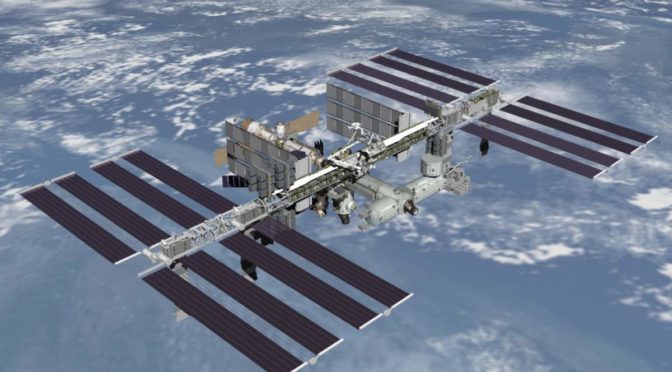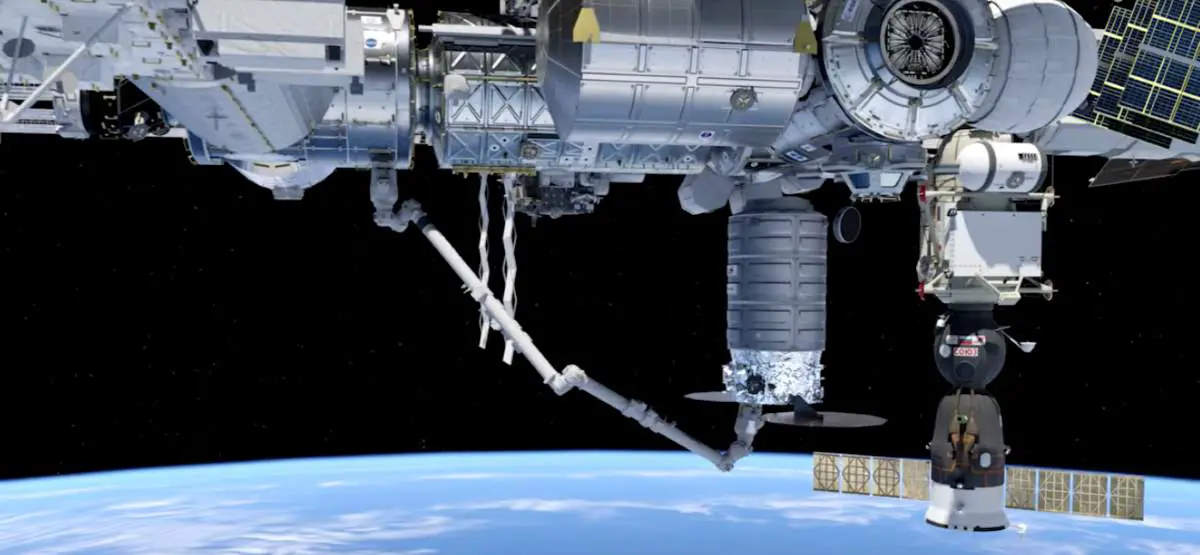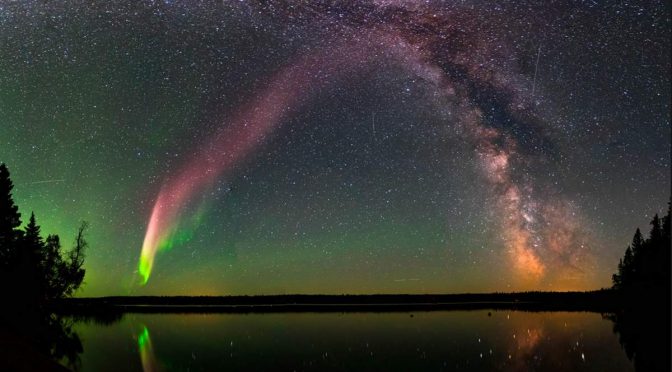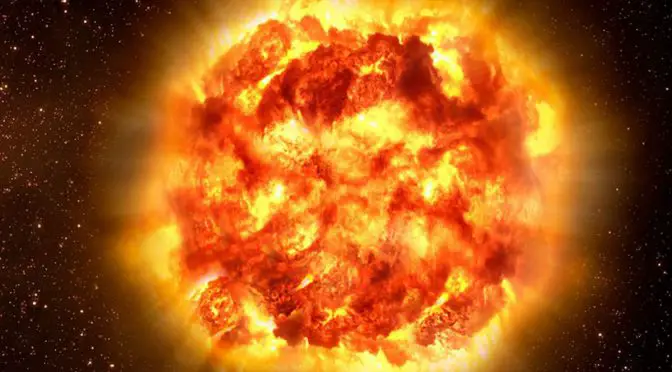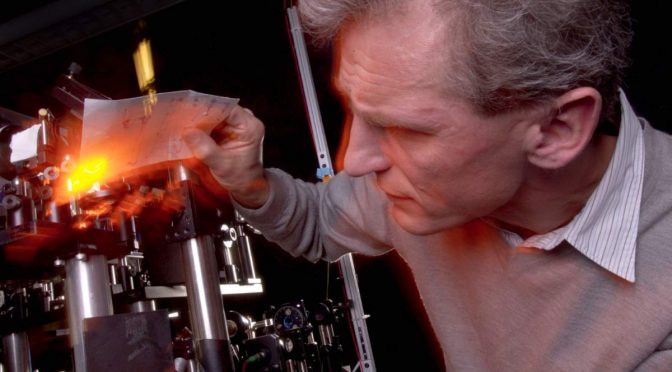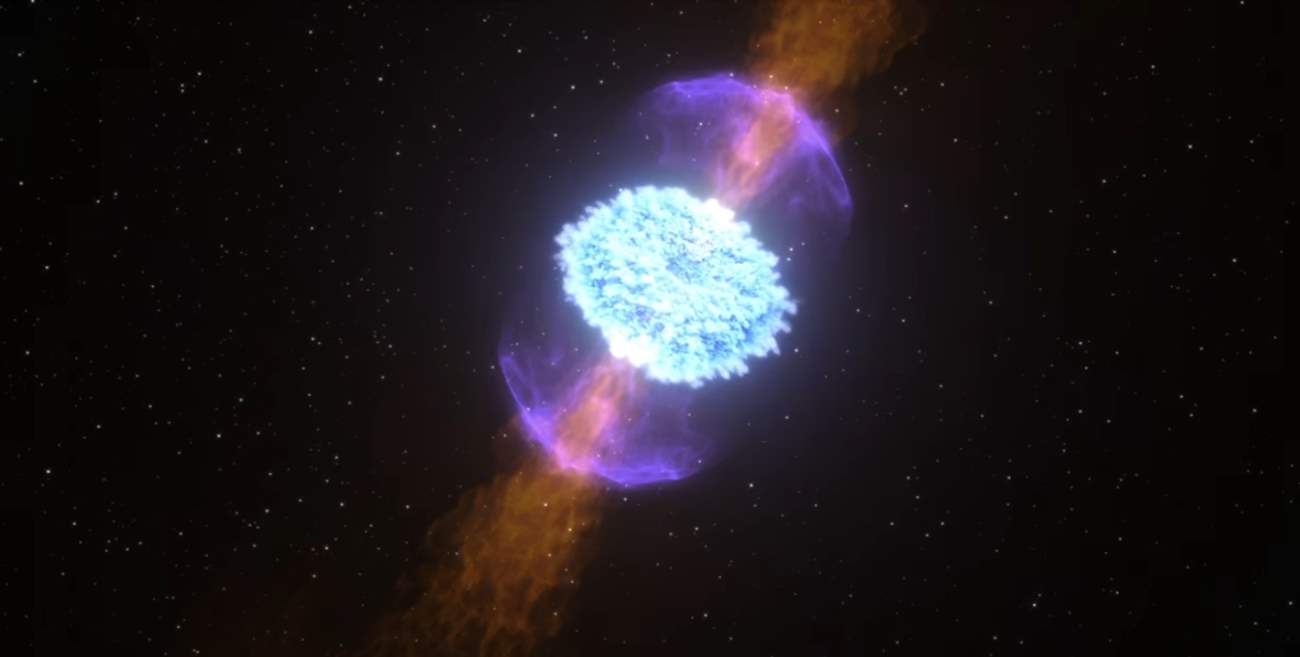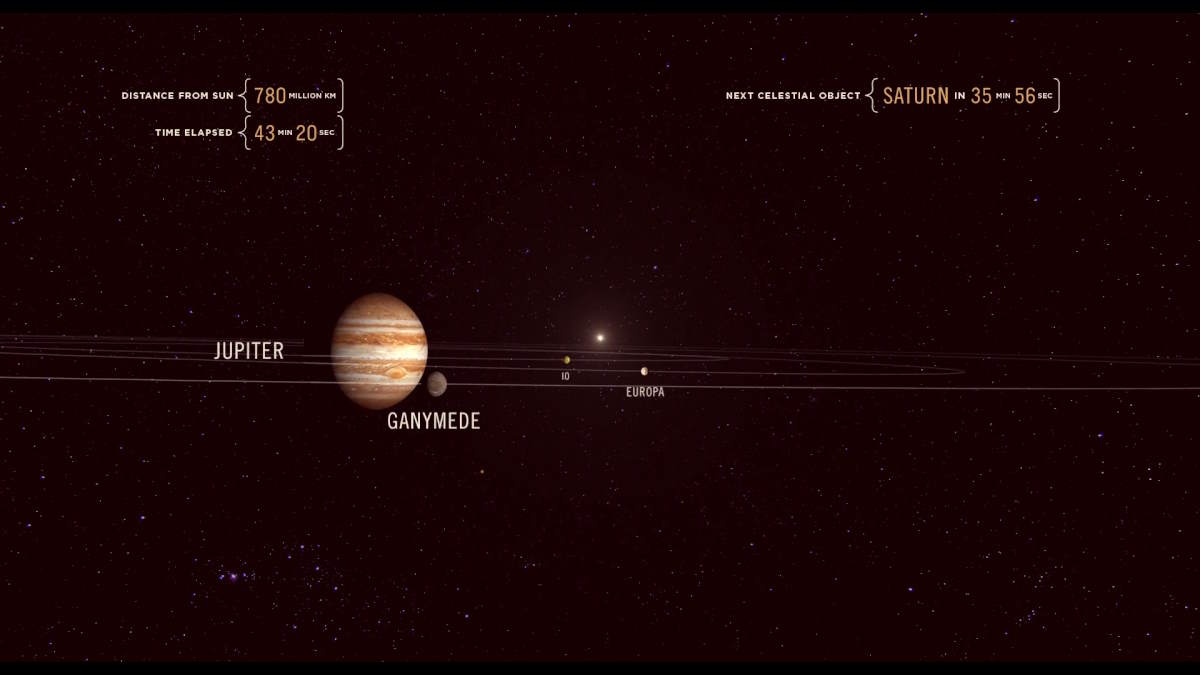As soon as NASA’s Cold Atom Laboratory (CAL) began producing ultra-cold atoms, the International Space Station (ISS) became the coldest place in the known universe. The formation of a Bose-Einstein condensate, the fifth state of matter occurred in NASA’s Cold Atom Laboratory (CAL) at a temperature of 130 nanoKelvin or less than 10 billionths of a degree above Absolute Zero. Absolute zero, or zero Kelvin, is equal to minus 459 degrees Fahrenheit or minus 273 Celsius. Previously, the record-cold was achieved in Prof. Wolfgang Ketterle’s laboratory at M.I.T. (Massachusetts Institute of Technology): half-a-billionth of a degree above absolute zero.
